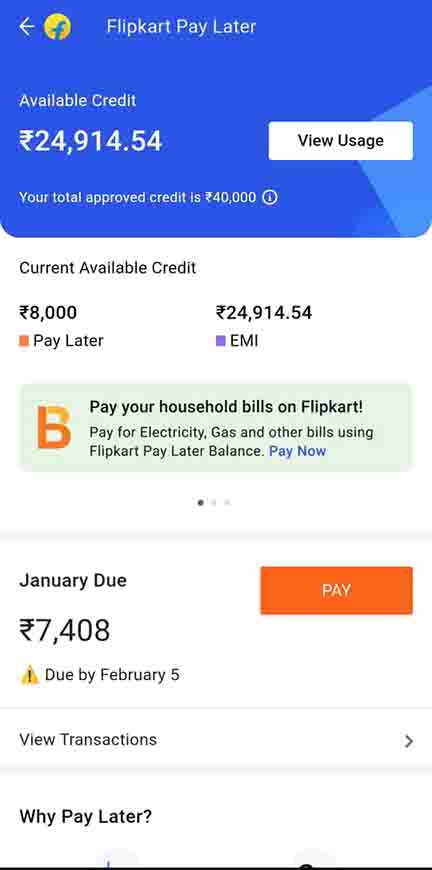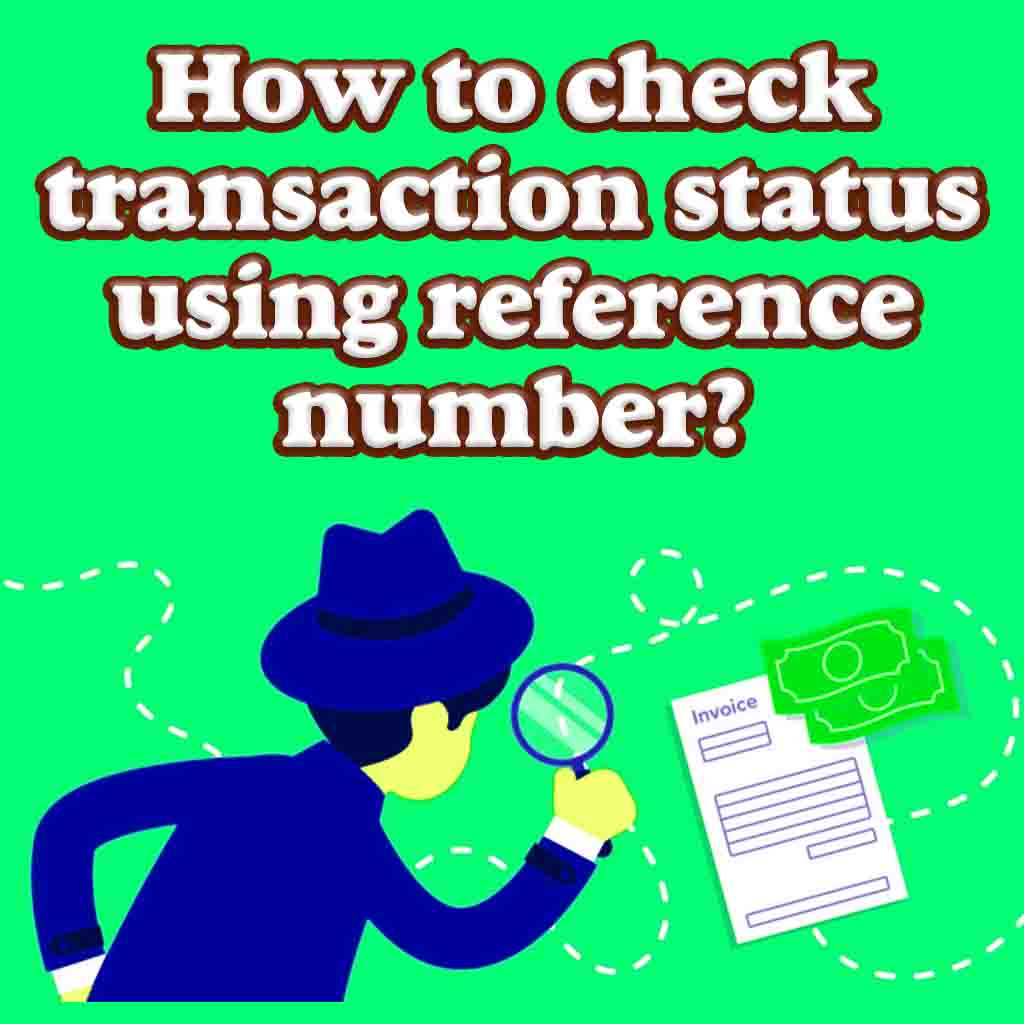How to buy a house with no money in India
Owning a home is a significant life goal for many individuals and families in India. However, the upfront costs involved in purchasing a house, such as down payments and associated expenses, can be a major hurdle for some prospective buyers. Despite the financial challenges, there are viable strategies to buy a house with no money or minimal funds. In this comprehensive guide, we will explore various creative and practical methods to achieve your dream of homeownership, even if you are starting with limited financial resources.
Assessing Your Financial Situation
1. Understanding the Costs Involved
Before embarking on your home-buying journey, it is crucial to gain a clear understanding of the costs involved in purchasing a house. This includes the down payment, wp-signup.php fees, legal charges, and other associated expenses.
2. Evaluating Your Creditworthiness
A good credit score is essential when considering a home loan. Assess your creditworthiness and take necessary steps to improve your credit score, which will increase your chances of loan approval and favorable interest rates.
Related Articles
Exploring Government Schemes and Subsidies
1. Pradhan Mantri Awas Yojana (PMAY)
The Pradhan Mantri Awas Yojana offers various housing schemes for different income groups, providing financial assistance and subsidies to eligible beneficiaries. Check if you qualify for PMAY subsidies and benefits.
2. State-Specific Housing Schemes
Many Indian states have their own housing schemes and subsidies to support affordable housing. Research state-specific programs and offerings that could help you with your home purchase.
Partnering with a Co-Applicant
1. Relying on a Co-Applicant’s Financial Strength
Partnering with a family member or spouse as a co-applicant can enhance your eligibility for a home loan. The combined income and creditworthiness of the co-applicant can increase your chances of loan approval.
2. Joint Home Loan
Opt for a joint home loan with the co-applicant, where both parties share the loan liability and repayment responsibilities. This can enable you to borrow a higher amount, making it easier to afford your dream home.
Negotiating with the Seller
1. Request for Seller Financing
Some sellers may be willing to offer financing options where you can pay a portion of the purchase price over time. Negotiate with the seller to explore such possibilities.
2. Explore Rent-to-Own Agreements
A rent-to-own agreement allows you to rent the property with the option to buy it at a predetermined price within a specified time frame. This gives you time to save money for the eventual purchase.
Considering Affordable Housing Projects
1. Affordable Housing Projects
Look for affordable housing projects that offer lower-priced properties with various amenities. These projects are often designed to cater to individuals with limited budgets.
2. EMI Subvention Schemes
Some developers offer EMI subvention schemes, where they pay a portion of your home loan EMIs for a specified period. This can significantly reduce your financial burden during the initial years.
Availing Home Loan Subsidies
1. CLSS for MIG under PMAY
The Credit Linked Subsidy Scheme (CLSS) under PMAY provides interest subsidies to eligible middle-income group (MIG) buyers, making homeownership more affordable.
2. NHB’s Rural Housing Fund
The National Housing Bank (NHB) offers refinancing support to banks and financial institutions for extending credit to rural housing projects. Explore these options for potential subsidies.
Seeking Financial Assistance from Family
1. Personal Loans from Family
Consider seeking financial assistance from family members who are willing to offer personal loans at favorable terms, reducing the burden of down payments.
2. Gift Deed for Down Payment
If your family is financially capable, they can gift you the down payment amount. Ensure that a gift deed is legally executed to avoid any complications in the future.
Leveraging Your Assets
1. Using Existing Investments
Consider selling or liquidating existing investments that are not performing as expected to generate funds for the down payment.
2. Pledging Existing Assets
If you have valuable assets like gold or fixed deposits, consider pledging them to secure a loan or a line of credit for your home purchase.
Building a Strong Savings Plan
1. Creating a Budget
Develop a comprehensive budget that accounts for your income, expenses, and savings goals. Cut unnecessary expenses and allocate more funds towards your home purchase fund.
2. Automating Savings
Set up automatic transfers to a dedicated savings account every month to ensure consistent contributions towards your home buying fund.
Conclusion
While buying a house with no money may seem challenging, it is not an impossible feat. By exploring various government schemes, negotiating with sellers, and considering affordable housing projects, you can make your dream of homeownership a reality. Additionally, partnerships with co-applicants, leveraging existing assets, and building a strong savings plan are instrumental in paving the path to owning your dream home. With careful planning and perseverance, you can embark on a successful journey towards becoming a proud homeowner in India.



